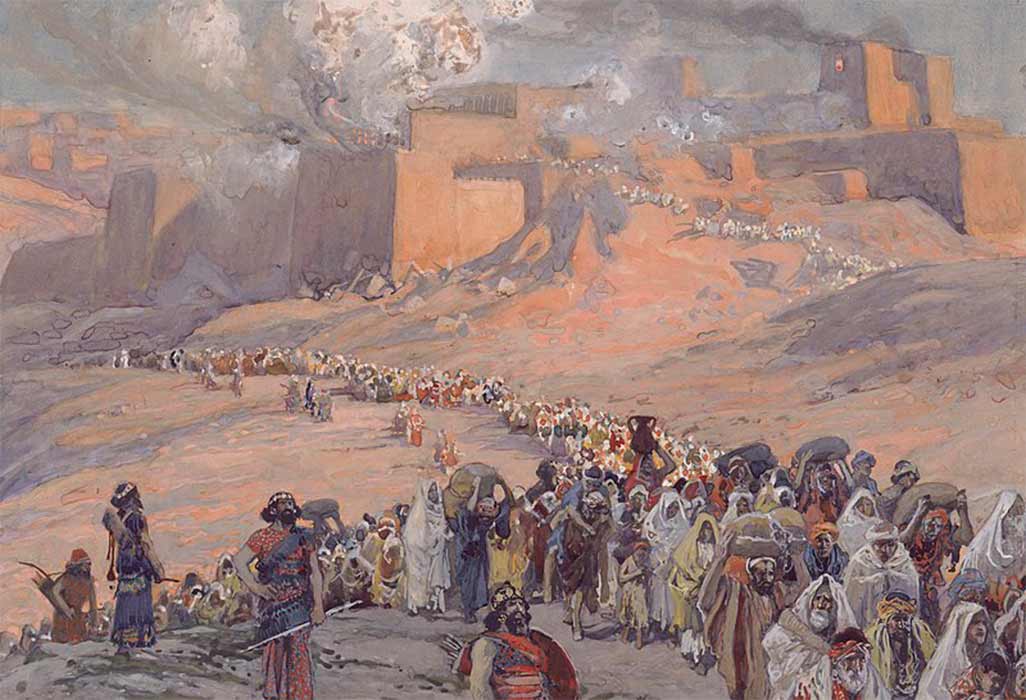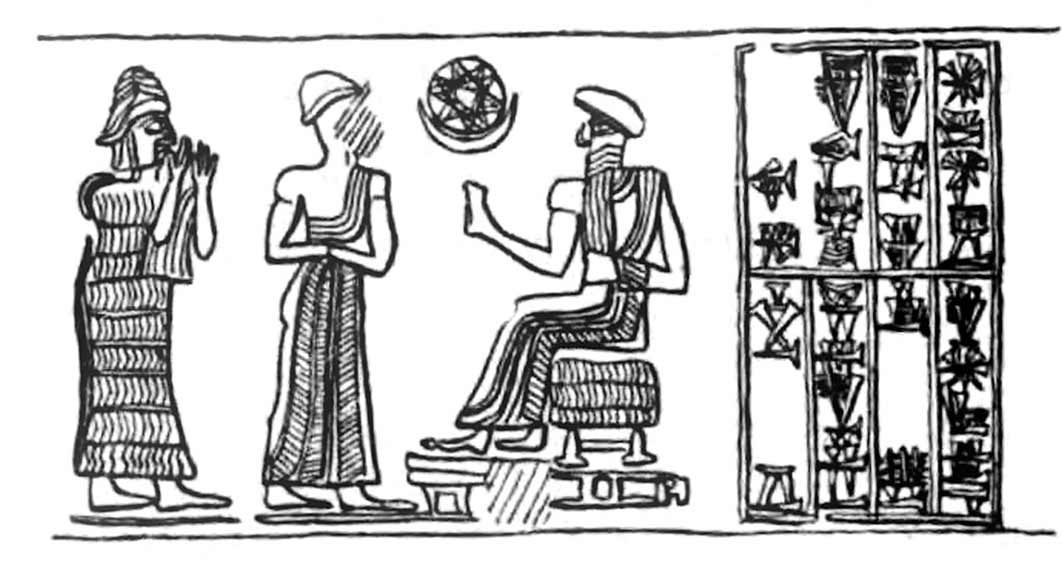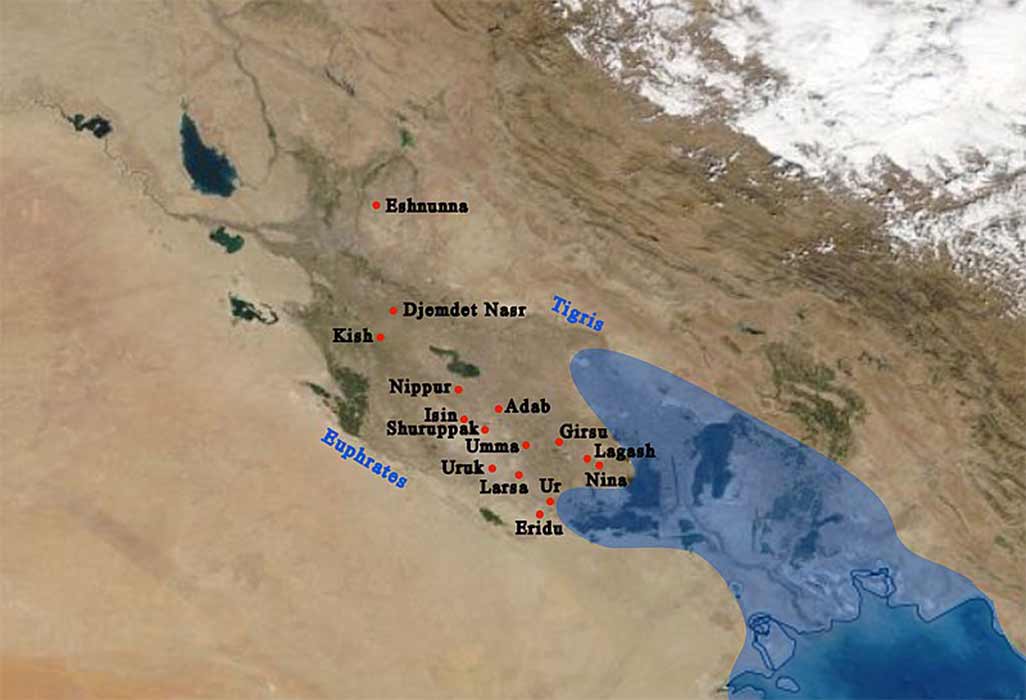
The Sumerian Hypothesis: The Influence Of Sumer On The Primeval History
The use of Mesopotamian material in the motifs and stories found in Genesis 1–11 (also called the Primeval History) has been of great interest to biblical scholars for many years. Although the Mesopotamian influence on this part of the Genesis narrative is generally acknowledged, it is by no means clear how this material became part of Hebrew tradition. Currently, the general consensus can be described as the ‘Babylonian Hypothesis’, namely that the material was borrowed from Babylonian sources, either during the monarchical period (12 century BC) or later, during or after the Babylonian exile (sixth century BC) of the Israelites.

The Flight of the Prisoners; the exile of the Jews from Canaan to Babylon by James Tissot (1896) (Public Domain)
Scholars have long recognized the fact that the formation of biblical Israel as a people should not only be studied in the context of their Canaanite setting, but that the profound influence early Sumer had on aspects of Israel’s tradition, as indeed it had on many aspects of later Mesopotamian tradition, should be acknowledged. As the scholar Richard Averbeck rightfully writes, “As for the relationship between Sumer and the Bible, Sumer for all practical purposes lies within and, in fact, chronologically and literarily, at the beginning of the historical stream of biblical Israel”. The ‘Sumerian Hypothesis’ takes Averbeck’s premise as point of departure and makes detailed proposals with regards as to how this tradition was handed down during Israel’s formative years.
The Sumerian Hypothesis
According to the ‘Sumerian Hypothesis’, the Abrahamic tradition provides the link, the channel by way of which the Sumerian and Akkadian material reached biblical Israel. According to the Book of Genesis, the ancestors of Abraham once lived in ancient Sumer. Abraham migrated from Ur in Sumer to Canaan. It has been proposed that this tradition belongs to the late Isin-Larsa period.

Cylinder seal of Bur-Suen of Isin (r: ca. 1831 BC – 1811 BC) In: The seal cylinders of western Asia (1910) (Public Domain)
The Sumerian Hypothesis thus assumes that early Sumerian/Akkadian material was brought to Canaan by the Abrahamic family, in whose midst it was written down sometime during the Isin-Larsa period (2060-1818 BC) or shortly thereafter. As a result the Hebrew and Babylonian traditions, the latter commencing during the Old Babylonian period and existing into the Neo-Babylonian period, both incorporating Sumerian motifs and themes, represent two parallel traditions going all the way back to a pre-Babylonian stratum in ancient Sumer and Akkad which separated from each other in the aftermath of the fall of the Sumerian civilisation during the Isin-Larsa period. In this understanding of matters, the Hebrew and Babylonian traditions could be viewed, at least insofar as their Mesopotamian heritage is concerned, as two expressions of the same original tradition from early Sumer, remembered in “two branches of Near Eastern Civilization”.

Ancient Sumer, showing the cities of Ur, Larsa and Isin (Public Domain)





